
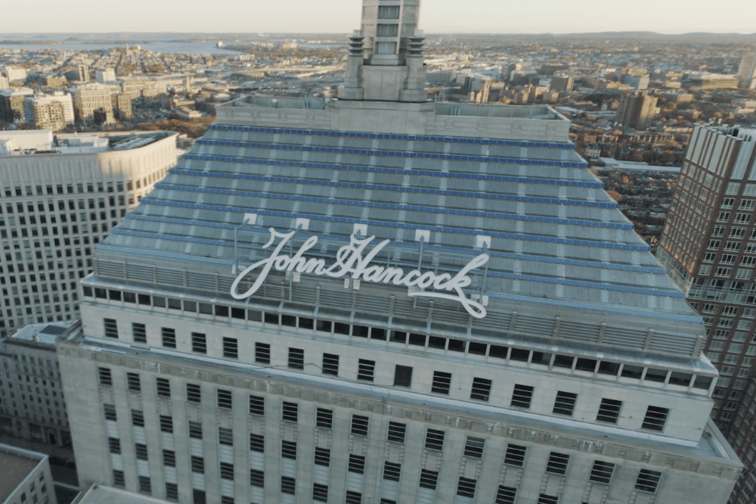
US life insurance and wealth giant John Hancock’s pull back from its Boston Marathon and Red Sox sponsorships caused a stir in Boston last year, but its CEO has insisted that the move should not be seen as a lack of commitment to the city, rather a change in how it invests in the community.
John Hancock’s sign was an iconic staple at Boston Red Sox stadium Fenway Park for more than 20 years, but last year the insurer ended its sponsorship deal with the major league baseball (MLB) team.
Since October of this year, the well-known sign has instead resided above John Hancock’s 27 floor 200 Berkley Street Boston HQ, with the Red Sox now sporting a sign from insurance rival MassMutual, which has signed a $17 million signature sponsorship deal with the MLB team, in its place.
Soon after confirmation came that the Red Sox John Hancock partnership would be no more from this year, the life insurer also dropped its 37-year sponsorship of the Boston Marathon, with Bank of America since announced as presenting partner .
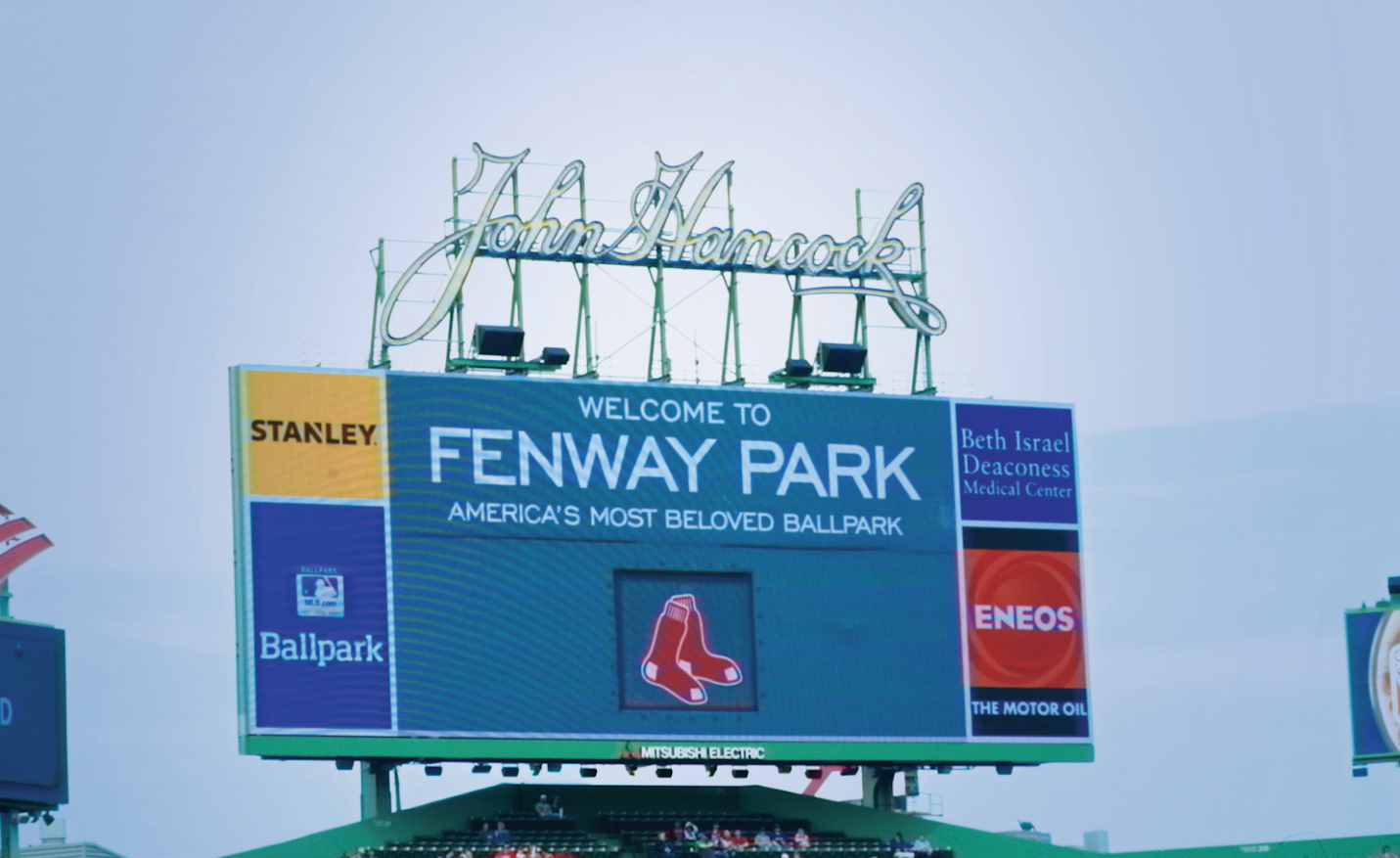
The John Hancock sign had overlooked Red Sox stadium Fenway Park for more than 20 years
Given the sponsorship pullbacks, some people have questioned John Hancock’s commitment to the Boston community. However, for Brooks Tingle, John Hancock president and CEO (pictured below), the meaning behind the change could not be more different.
Instead, the insurance giant, which generated net income of $3 billion last year, is now looking to channel its spend in ways that better fit its purpose as a life and wealth business including in Boston, Tingle, who has been with the company in senior roles for 20 years and in the CEO hotseat since April, told Insurance Business.
“We were big sponsors of the Red Sox sponsors, of the Boston Marathon, and we pulled back our investment in those things, and people were like, ‘oh my gosh, Manulife and John Hancock aren’t as committed to Boston’,” Tingle said. “I said, wait and watch – we just want to spend those dollars differently.
“We have nothing against the Boston Marathon, nothing against the Red Sox, we’re still big supporters, but we want to channel our dollars into investments consistent with our fundamental mission and purpose around helping people live longer, healthier, better lives.”
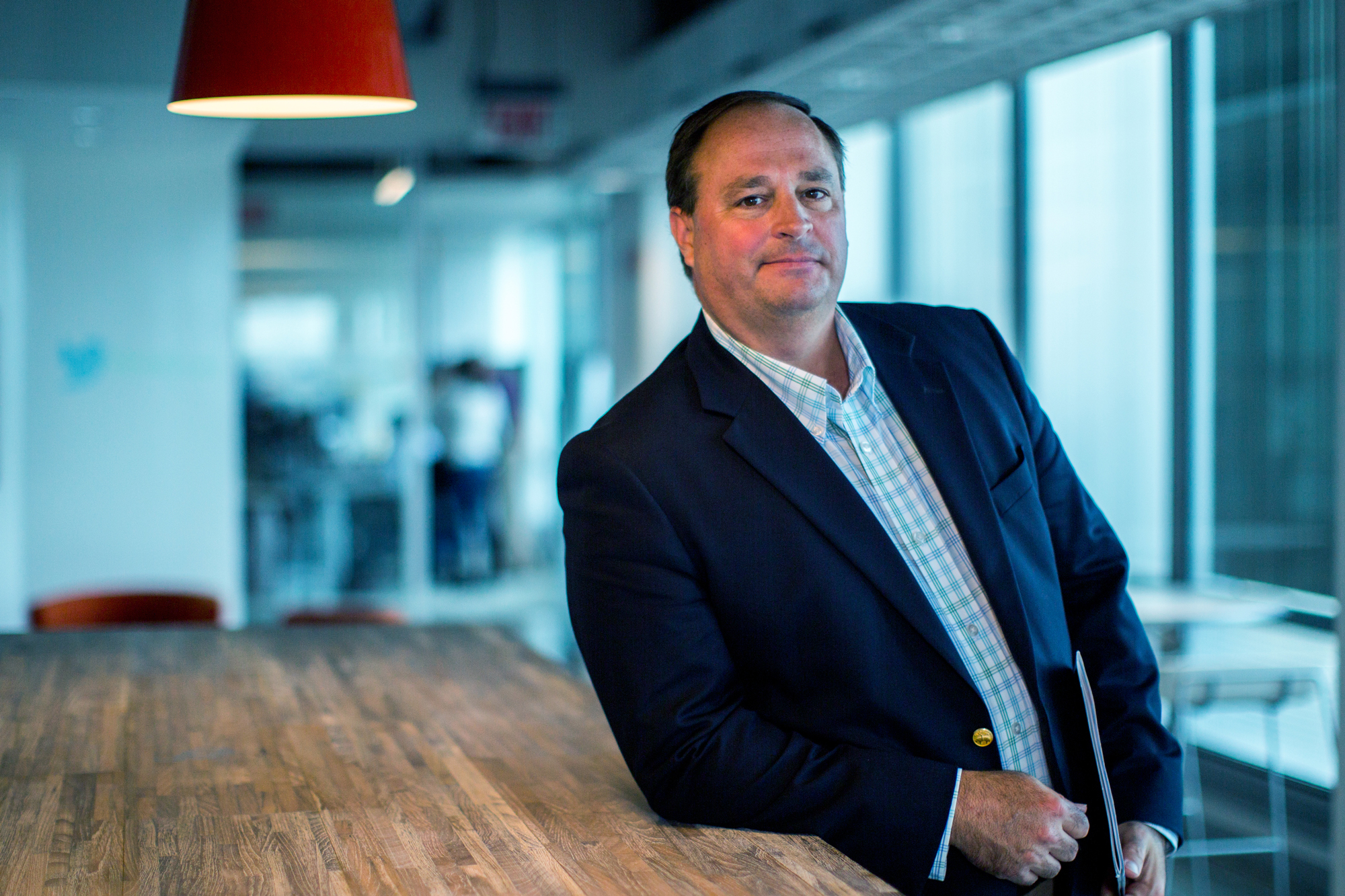
Brooks Tingle, John Hancock CEO
Looking to deliver on this mission, in September John Hancock hosted its first ever Longevity Symposium in Boston. The event, attended by Mayor of Boston Michelle Wu, brought together a variety of public and private sector representatives, academics, health and wellness influencers, former athletes, and other stakeholders.
The two-day John Hancock event included sessions on early detection cancer research, health care delivery, stress, sleep and other areas. It also included exhibits on driving better health and life expectancy outcomes for Americans.
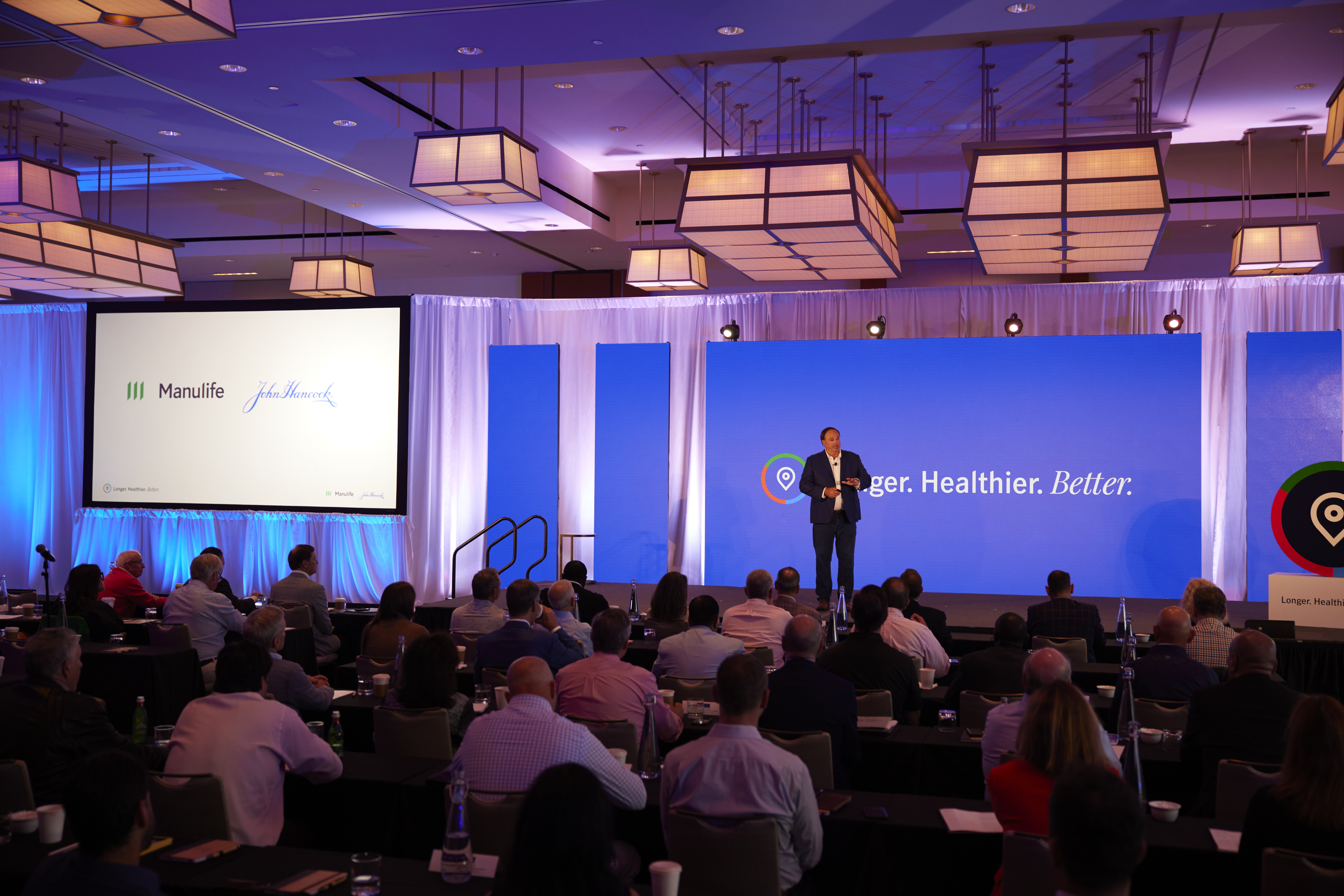
John Hancock president and CEO Brooks Tingle presents at the “Longer Healthier Better” symposium
“Rather than writing a check to see our logo, [we thought] let’s invest in things like this symposium,” Tingle said.
John Hancock’s other Boston collaborations include longstanding partnerships with the Friedman School of Nutrition Science and Policy at Tufts University and with Massachusetts General Hospital (MGH), with a current MGH focus on veterans clinic Home Base.
People are spending more years in ill health on an international scale, research by John Hancock partner Vitality found, and Tingle said he has become increasingly conscious of disparities that exist in his local Boston community.
This year, the Boston Public Health Community (BHPC) reported a 23-year life expectancy gap between members of two areas of Boston just two miles apart. In Back Bay, where John Hancock’s office is located, life expectancy was just under 92 years. This shrunk to just under 69 years for residents of nearby Roxbury.
“Those are the things we look at and say we are going to be involved in the community,” Tingle said. “But rather than writing checks to see our name in places, we’re going to try to get at some of these issues, and really, fundamentally help people, our customers, our community, and our employees live longer, healthier, better lives.”
It may be a step change, but a move towards health and wellness investments over big money sporting and events sponsorships with big name brands like the Boston Red Sox and the Boston Marathon do not mean that John Hancock, part of Canadian headquartered global insurer Manulife, has become “totally brand unconscious”, according to Tingle.
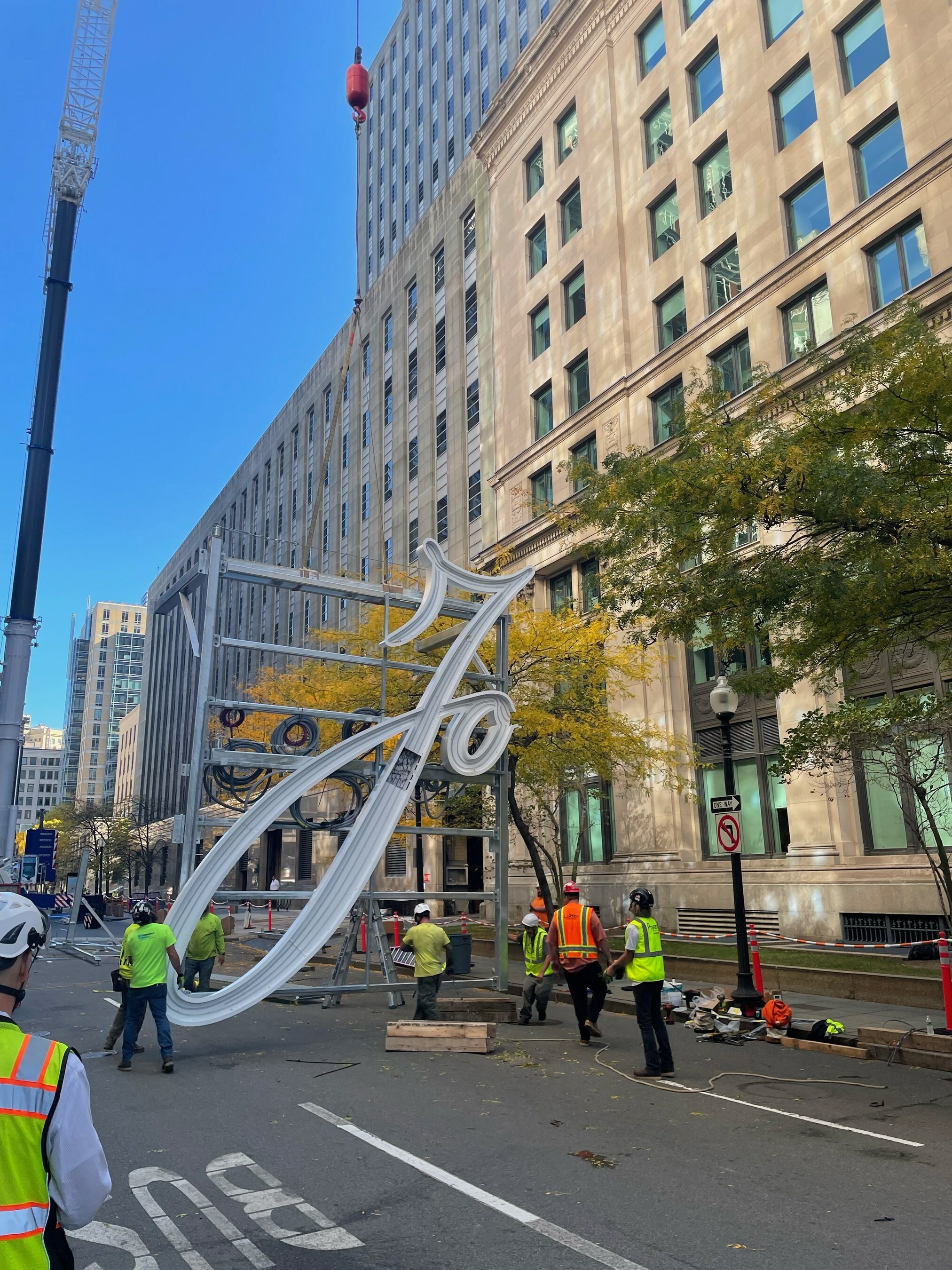
John Hancock moved its sign to its 200 Berkeley Street office in October – Photo credit: CNW Group/John Hancock
“There was a reason we put the sign – that wasn’t going away – on top of our building,” Tingle said. “But over time, that type of mission and purpose and ambition will accrue more benefit to our brand than just splashing it on a wall somewhere.
“It takes a little more story to tell, but in time, I think it’ll bring much more benefit to us.”
What’s your view on John Hancock’s move to end big name sponsorships with the Boston Marathon and Boston Red Sox to focus on health and wellness initiatives? Share your thoughts in the comments
